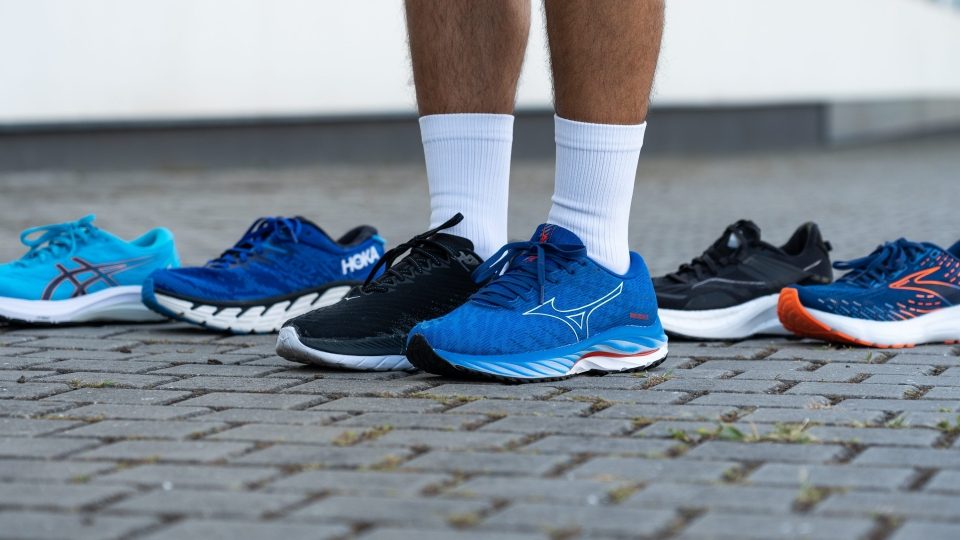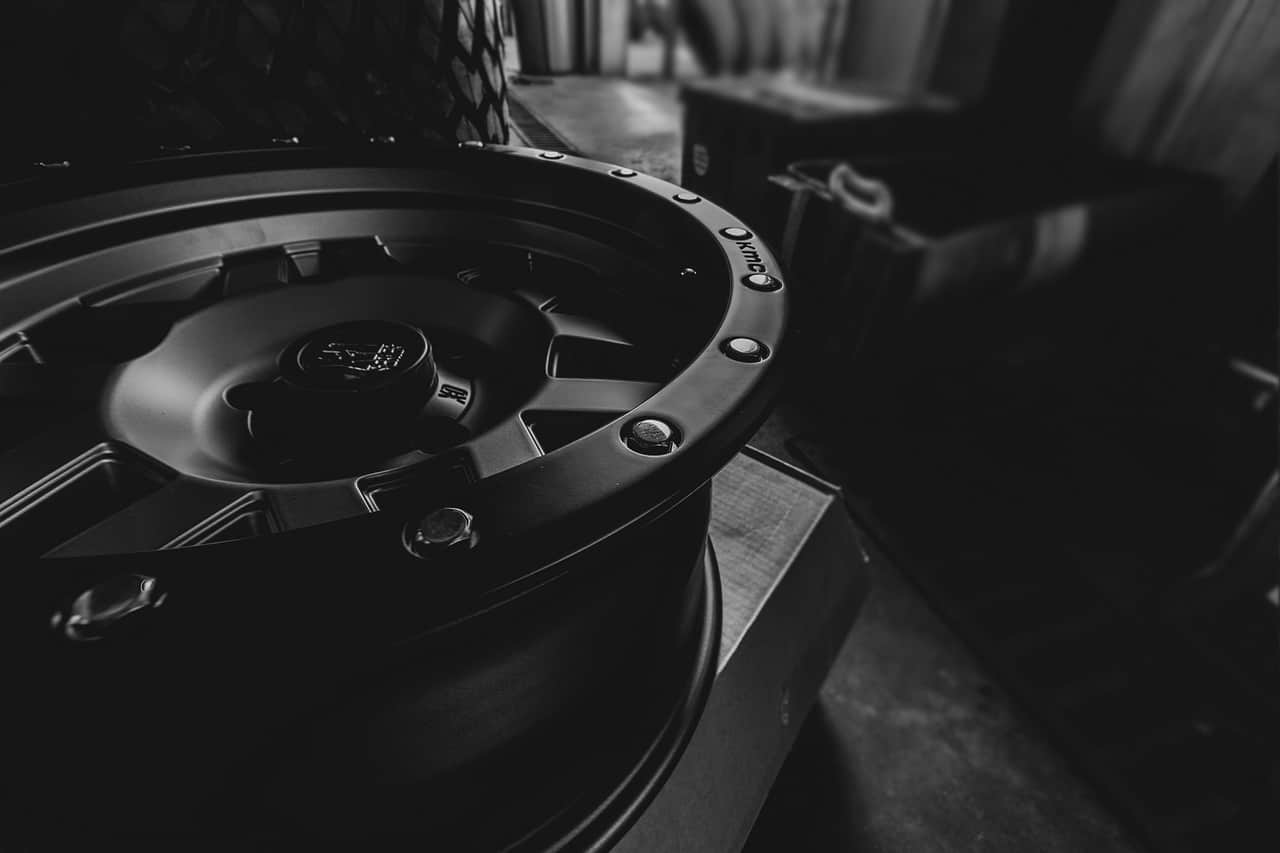Now Reading: Choosing the Right Running Shoes for Plantar Fasciitis
-
01
Choosing the Right Running Shoes for Plantar Fasciitis
Choosing the Right Running Shoes for Plantar Fasciitis
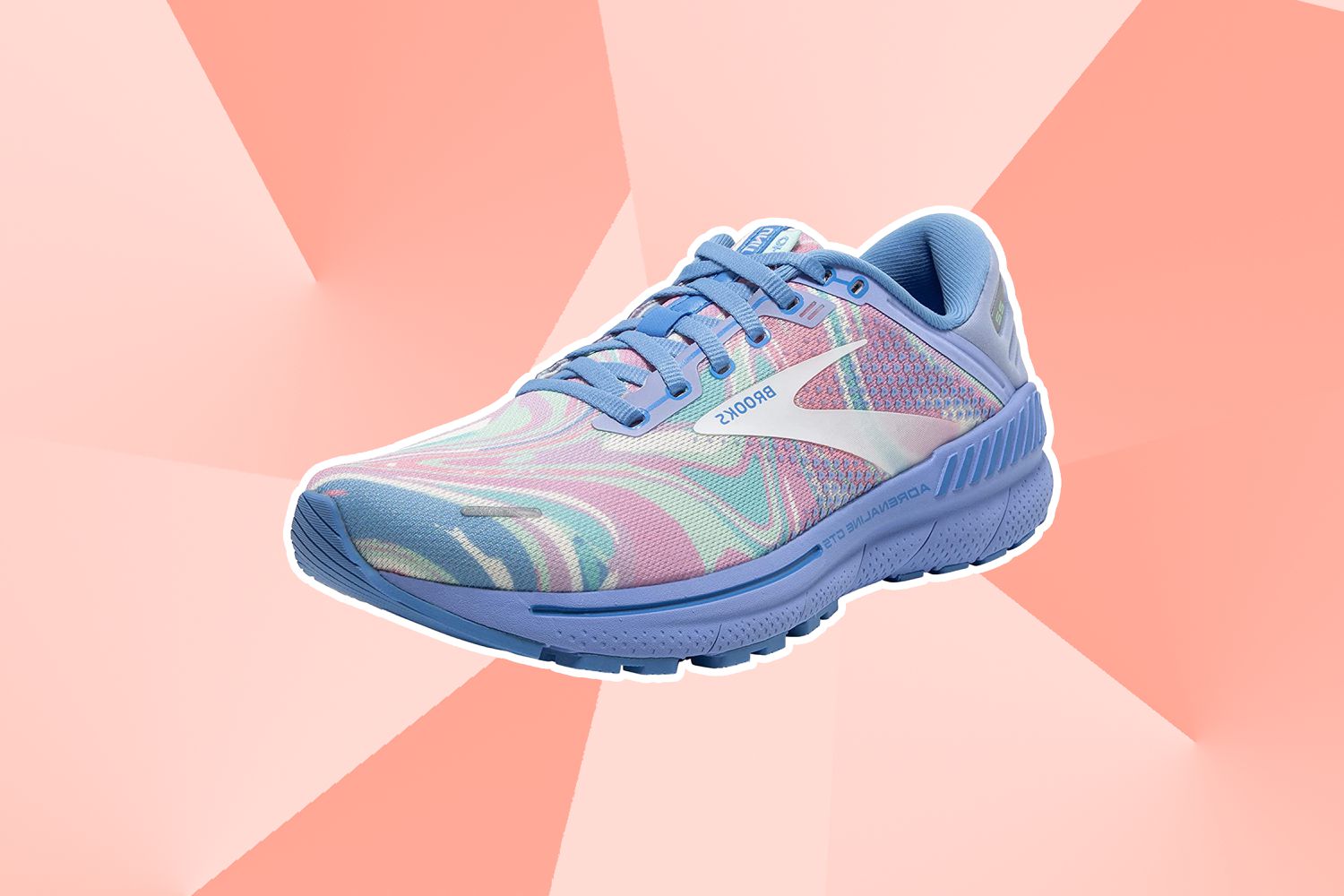
Running is a popular form of exercise for many people, but it can be challenging for those who suffer from plantar fasciitis. This common foot condition causes pain and inflammation in the heel and arch of the foot, making running uncomfortable and even unbearable for some. However, with the right pair of running shoes, individuals with plantar fasciitis can continue to enjoy their favorite physical activity without exacerbating their symptoms.
In this blog post, we will discuss everything you need to know about choosing the best running shoes for plantar fasciitis. From understanding the condition and its impact on running to essential features to look for in running shoes, top recommended brands and models, additional tips for managing plantar fasciitis while running, stretches and exercises to help alleviate pain, long-term strategies for preventing recurrence, and when to seek professional help – we’ve got you covered. So, lace up your shoes and let’s get started!
Understanding Plantar Fasciitis and Its Impact on Running
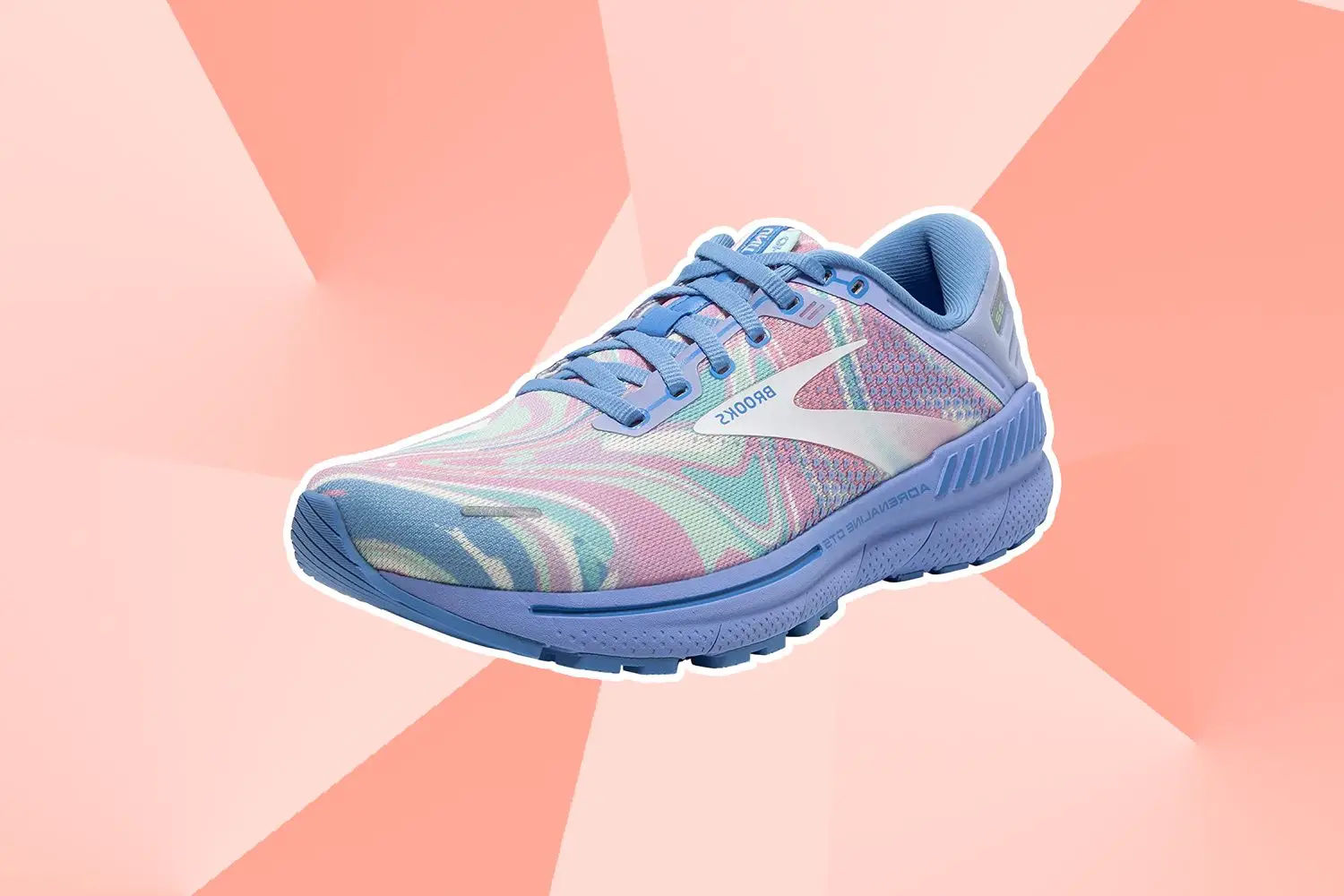
Plantar fasciitis is a common foot condition that affects runners and non-runners alike. It occurs when the plantar fascia, a thick band of tissue that runs along the bottom of the foot, becomes inflamed or irritated. The plantar fascia connects the heel bone to the toes, providing support to the arch of the foot and helping us walk and run.
When the plantar fascia is strained or overstretched, small tears can occur, leading to inflammation and pain. This strain can be caused by various factors, such as excessive running or walking, wearing improper footwear, or having tight calf muscles. People who are overweight, have flat feet, or high arches may also be more prone to developing plantar fasciitis.
The most common symptom of plantar fasciitis is sharp pain in the bottom of the foot near the heel, usually experienced when taking the first few steps in the morning or after sitting for a long time. This pain can also worsen during activities that put stress on the feet, such as running.
Unfortunately, for runners, plantar fasciitis can have a significant impact on their performance and training. The pain can make it difficult to complete runs, leading to decreased mileage and slower pace. It can also affect the way a person runs, causing them to alter their gait and potentially leading to other injuries.
To continue running with plantar fasciitis, it is essential to choose the right pair of running shoes that provide proper support and cushioning for the feet.
Essential Features to Look for in Running Shoes for Plantar Fasciitis
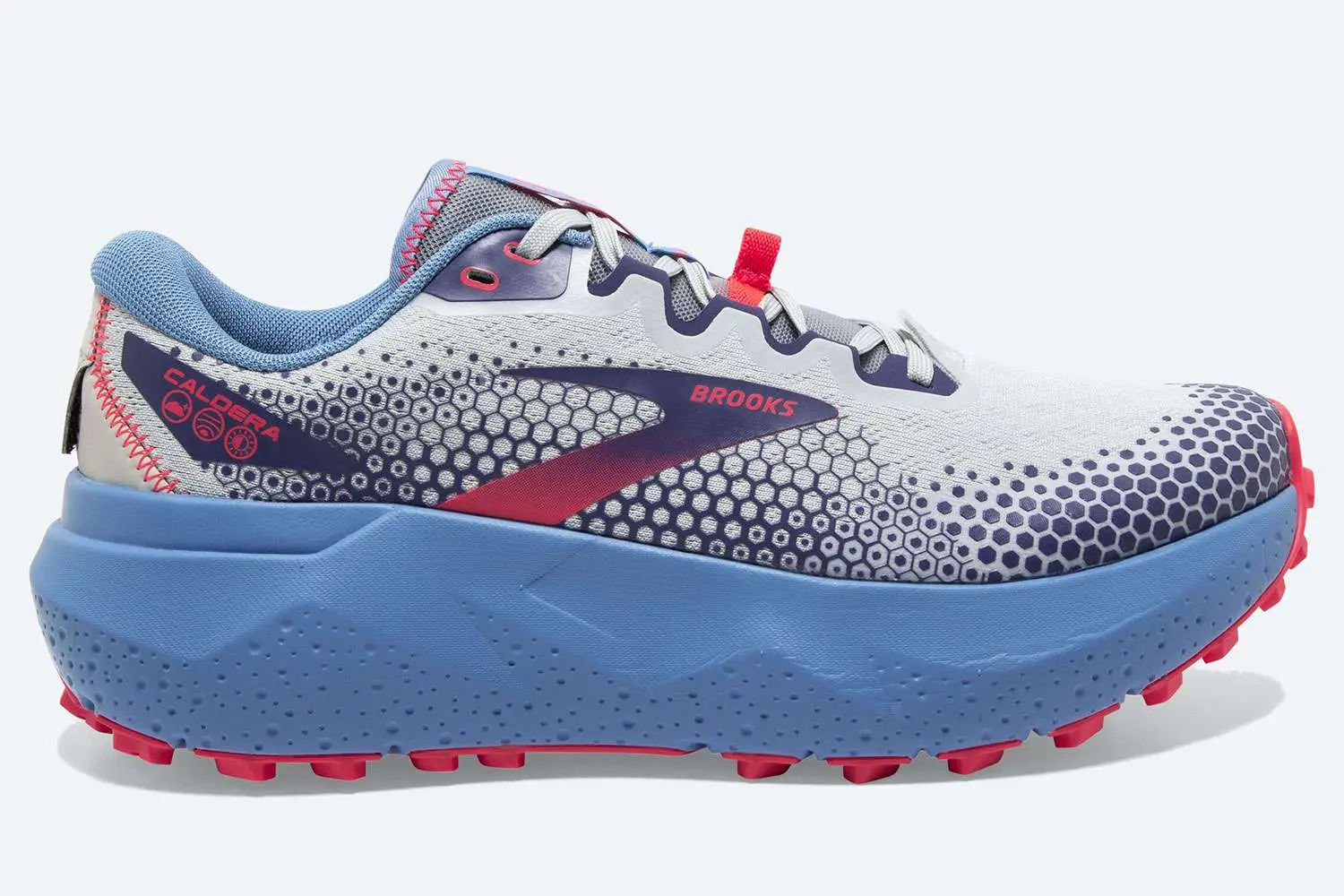
When shopping for running shoes, there are a few key features that should be considered if you have plantar fasciitis. These features will help alleviate pain and discomfort, allowing you to run without aggravating your condition.
Arch Support
One of the most important features to look for in running shoes for plantar fasciitis is arch support. A shoe with good arch support helps to distribute your weight evenly across your foot, relieving pressure on the plantar fascia and reducing pain. It is especially crucial for people with flat feet or high arches, as they are more prone to developing plantar fasciitis.
Click here to preview your posts with PRO themes ››
Ideally, the arch support should be firm and supportive, rather than overly cushioned, to prevent the foot from rolling inward (overpronation) or outward (supination), both of which can exacerbate plantar fasciitis. Some shoes come with removable insoles, which allow for customized arch support, making them a great option for those with plantar fasciitis.
Cushioning
Another essential feature to consider is cushioning. A well-cushioned shoe provides shock absorption, reducing the impact on the feet and heels while running. This is particularly important for individuals with plantar fasciitis, as the added cushioning can help minimize pain and discomfort.
However, it is essential to strike a balance between cushioning and support. Too much cushioning can cause the foot to sink into the shoe, putting strain on the plantar fascia. On the other hand, not enough cushioning can lead to increased pressure on the heel and arch, aggravating plantar fasciitis symptoms. Look for shoes with adequate cushioning in the midsole and heel area to provide proper shock absorption.
Heel Support
The heel plays a significant role in plantar fasciitis as the condition affects the bottom of the foot near the heel bone. Therefore, it is crucial to choose running shoes that provide excellent heel support. A stable heel counter (the back of the shoe that cups your heel) prevents excessive movement, keeping the foot in place and reducing strain on the plantar fascia.
Some shoes come with extra padding in the heel area, providing additional cushioning and support. Others may have a raised heel, which can help take some pressure off the plantar fascia by altering the angle at which the foot hits the ground. Experiment with different heel variations to see which provides the most relief for your plantar fasciitis.
Flexibility
While support and cushioning are essential features to look for in running shoes for plantar fasciitis, flexibility should not be overlooked. A shoe that is too stiff can cause discomfort and limit movement, making it challenging to run comfortably.
Look for shoes with a flexible sole that allows for natural movement of the foot. A good rule of thumb is to bend the shoe at the ball of the foot – it should bend easily, but not excessively.
Fit and Comfort
Last but not least, finding a shoe that fits properly and is comfortable is crucial for managing plantar fasciitis while running. Improperly fitting shoes can cause friction and blisters, leading to additional foot problems. It is recommended to have a professional fitting at a specialty running store to ensure you are getting the right size and fit for your feet.
Additionally, make sure there is enough room in the toe box for your toes to move freely without being squeezed or cramped. This will help prevent pressure on the ball of the foot and toes, reducing strain on the plantar fascia. A well-fitting shoe should feel snug but not tight, with enough room to wiggle your toes.
Top Brands and Models of Running Shoes Recommended for Plantar Fasciitis
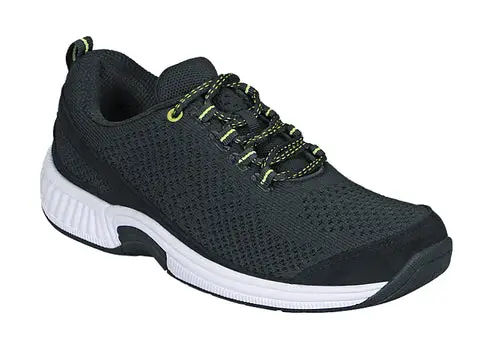
Now that we have covered the essential features to look for in running shoes for plantar fasciitis, let’s explore some of the top brands and models that are recommended by running experts and individuals with plantar fasciitis.
Brooks Adrenaline GTS
The Brooks Adrenaline GTS (Go-To Shoe) is a popular choice among runners with plantar fasciitis. It offers excellent arch support, cushioning, and stability, making it suitable for those who overpronate. The heel counter is firm and helps to keep the foot in place, reducing stress on the plantar fascia. The updated version of the shoe also has a GuideRails system, which supports the knees and reduces excess movement in the foot, providing added protection to the plantar fascia.
ASICS Gel-Kayano
The ASICS Gel-Kayano is another highly recommended shoe for those with plantar fasciitis. It offers ample cushioning, particularly in the heel area, where most of the impact occurs while running. The shoe also provides good arch support and a stable heel counter, making it suitable for people who overpronate. Additionally, the Gel-Kayano line comes in various widths, ensuring that you can find the perfect fit for your feet.
Click here to preview your posts with PRO themes ››
Hoka One One Bondi
The Hoka One One Bondi is a maximalist shoe, meaning it has extra cushioning compared to traditional running shoes. This makes it a great option for those with plantar fasciitis as it provides excellent shock absorption and support. The Bondi also offers a wide toe box, allowing for ample room for the toes to move freely without feeling cramped. It is recommended for runners with high arches or underpronation (where the foot rolls outward).
Saucony Guide ISO
The Saucony Guide ISO is designed for runners who overpronate and require stability and support. It offers moderate cushioning and a firm heel counter, which helps to reduce excessive movement and strain on the plantar fascia. The ISO model also features an adjustable heel strap, providing a customizable fit for added comfort.
New Balance 990v5
The New Balance 990v5 is a versatile shoe that caters to various foot conditions, including plantar fasciitis. It offers excellent arch support and cushioning, with a stable heel counter to prevent overpronation. The shoe also has a breathable upper and comes in various widths, ensuring a comfortable fit for different foot shapes.
Additional Tips for Managing Plantar Fasciitis While Running
Aside from choosing the right pair of running shoes, there are other steps you can take to manage plantar fasciitis while running. These tips can help alleviate pain and prevent further irritation of the plantar fascia.
Consider Orthotics
Orthotic inserts are insoles that provide additional cushioning and support for the feet. They can be placed inside your running shoes to help relieve pressure on the plantar fascia and reduce pain. Custom orthotics may be recommended by a healthcare professional for individuals with severe plantar fasciitis. However, over-the-counter orthotics can also be effective for milder cases.
Wear Compression Sleeves
Compression sleeves or socks can help improve blood flow to the feet and ankles, reducing inflammation and pain associated with plantar fasciitis. They can also provide support and stability to the arch of the foot, helping to prevent overpronation.
Stretch Before and After Running
Stretching before and after a run is essential for warming up and cooling down the muscles in the feet and legs. This can help prevent tightness in the calf muscles, which can contribute to plantar fasciitis. Focus on stretches that target the calves, Achilles tendon, and plantar fascia to help alleviate tension and pain.
Stretches and Exercises to Help Alleviate Plantar Fasciitis Pain
Here are some simple stretches and exercises that can help alleviate pain and discomfort caused by plantar fasciitis:
Calf Stretch
Stand facing a wall, about an arm’s length away. Place your hands on the wall at shoulder height. Take a step back with one leg, keeping it straight, and bend the other leg slightly. Keep both heels flat on the ground and lean forward until you feel a stretch in your calf. Hold for 30 seconds, then switch legs.
Towel Stretch
Sit on the floor with your legs straight out in front of you. Loop a towel around the ball of one foot and gently pull towards you, keeping your leg straight. Hold for 30 seconds, then switch sides. This stretch targets the plantar fascia and helps to relieve tension.
Marble Pick-Up Exercise
Place a handful of marbles on the floor and use your toes to pick them up one by one and place them in a container. This exercise helps strengthen the muscles in the feet and can be done while sitting or standing.
Heel Raises
Stand with your feet hip-width apart, then slowly raise up onto your toes, then back down to the ground. Repeat this 10-15 times to help strengthen the muscles in your calves and feet.
Click here to preview your posts with PRO themes ››
Long-Term Strategies for Preventing Plantar Fasciitis Recurrence
Once you have successfully managed your plantar fasciitis symptoms and can run comfortably again, it is crucial to take steps to prevent a recurrence of the condition. Here are some long-term strategies that can help prevent plantar fasciitis from coming back:
Gradual Increase in Mileage and Intensity
If you have had plantar fasciitis in the past, it is essential to gradually increase your mileage and intensity when getting back into running. Sudden increases in mileage or intensity can put excessive strain on the foot and aggravate the plantar fascia, leading to a recurrence of the condition.
Cross-Train and Strength Train
Incorporating cross-training activities, such as swimming or cycling, into your exercise routine can help reduce the impact on your feet while still providing cardiovascular benefits. Additionally, incorporating strength training exercises that target the muscles in the feet, legs, and core can help improve stability and prevent overpronation.
Replace Your Shoes Regularly
Running shoes typically last between 300-500 miles, depending on the type of shoe and the surface on which you run. As the cushioning in shoes wears down over time, it is essential to replace them regularly to ensure you are getting adequate support and protection for your feet. Keep track of your running mileage and replace your shoes when needed.
Listen to Your Body
Paying attention to any warning signs your body may be giving you is crucial for preventing plantar fasciitis recurrence. If you start to feel pain or discomfort in your feet or heels, take a break from running and allow your body to rest and recover. Ignoring pain and pushing through can lead to further injury and prolong recovery time.
When to Consult a Healthcare Professional for Plantar Fasciitis
While most cases of plantar fasciitis can be managed with the right shoes and self-care techniques, it is always best to consult a healthcare professional if you are experiencing severe or persistent pain. Additionally, if your symptoms do not improve with at-home treatments or get worse, it is crucial to seek medical attention.
A doctor or physical therapist can help diagnose and treat plantar fasciitis through various methods, such as physical therapy, corticosteroid injections, or extracorporeal shockwave therapy. They can also provide advice on specific exercises and stretches to target your individual needs.
Conclusion
Plantar fasciitis can be a frustrating and painful condition, especially for runners. However, with the right pair of running shoes and proper management techniques, individuals with this condition can continue to enjoy their favorite activity without exacerbating their symptoms.
When choosing running shoes for plantar fasciitis, it is essential to look for features such as arch support, cushioning, heel support, flexibility, and a comfortable fit. Some recommended brands and models include Brooks Adrenaline GTS, ASICS Gel-Kayano, Hoka One One Bondi, Saucony Guide ISO, and New Balance 990v5.
In addition to wearing appropriate footwear, incorporating orthotics, compression sleeves, and stretching into your routine can also help manage plantar fasciitis symptoms while running. Long-term strategies such as gradual increases in mileage, strength training, replacing shoes regularly, and listening to your body can prevent recurrence of the condition.
Remember to consult a healthcare professional if you experience severe or persistent pain, and always listen to your body to avoid further injury. With the right approach, those with plantar fasciitis can continue to lace up their running shoes and hit the pavement with comfort and confidence.















